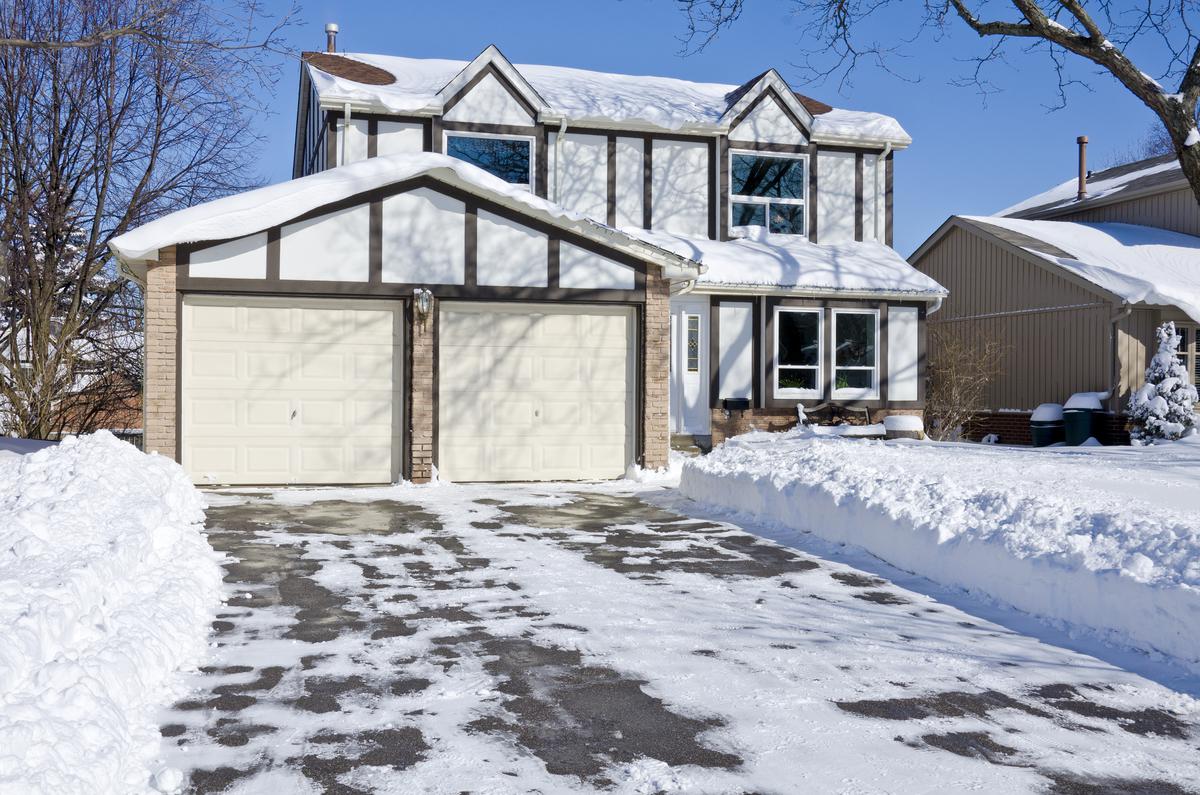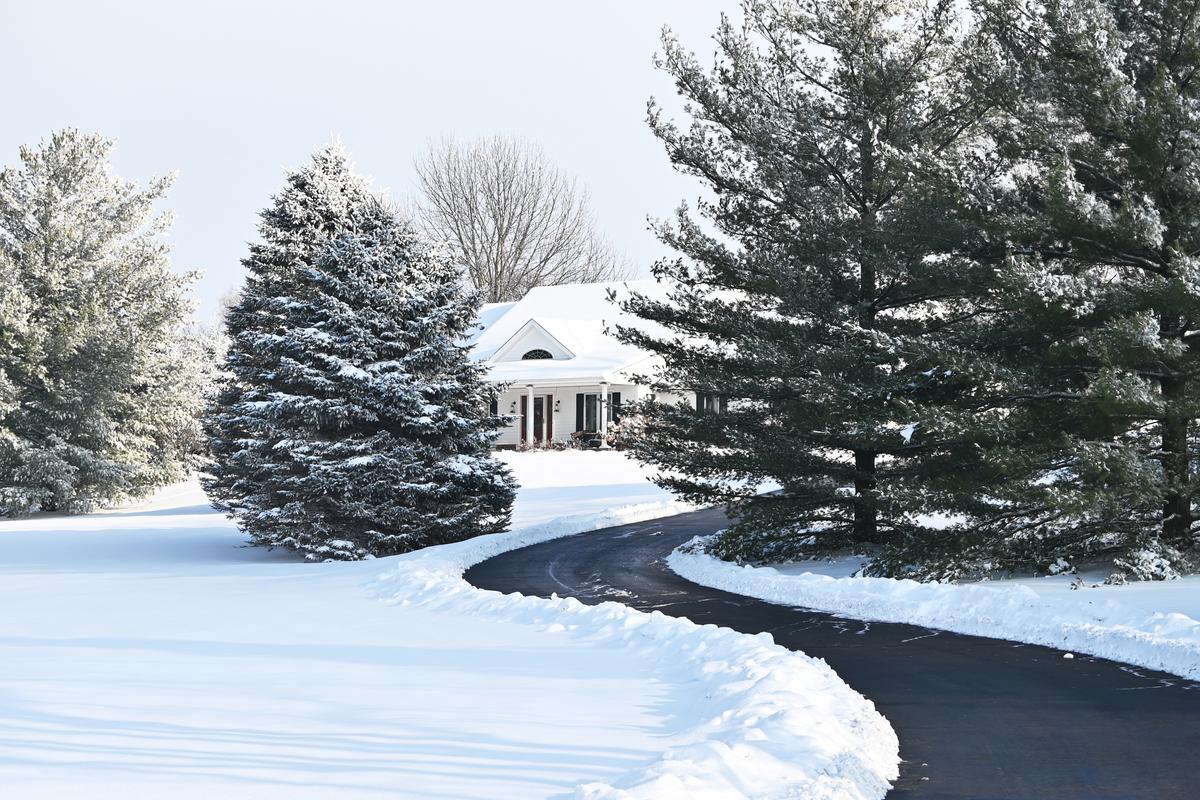Winter means many things to many people. Whether it’s the cold weather outside that incentivizes us to bundle up in our cozy homes, the winter holidays that are always a source of happiness and comfort, or that fluffy white blanket that covers the ground. Whether you love the winter or hate it, you have to admit that it is truly a magical time.
Unfortunately, regardless of how much you enjoy the winter holidays or drinking a hot beverage while looking out the window at the gorgeous white snow, there is a lot to hate about winter as well. While you may enjoy the snow and consider it to be an indivisible part of the season, you must admit that with every inch of snow that settles on your driveway you get a corresponding headache.
The last thing you want on your way to work is slipping on the driveway as you walk to your car or your car itself slipping on the frozen surface. And in the worst-case scenario, you may not even be allowed to leave your driveway at all if the snow is high enough. Luckily, there are a few ways you can heat up your driveway to prevent it from being frozen and heating mats are among the most practical gadgets for getting that done.








comments